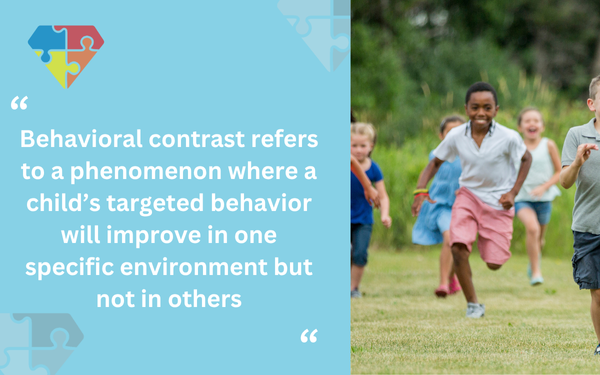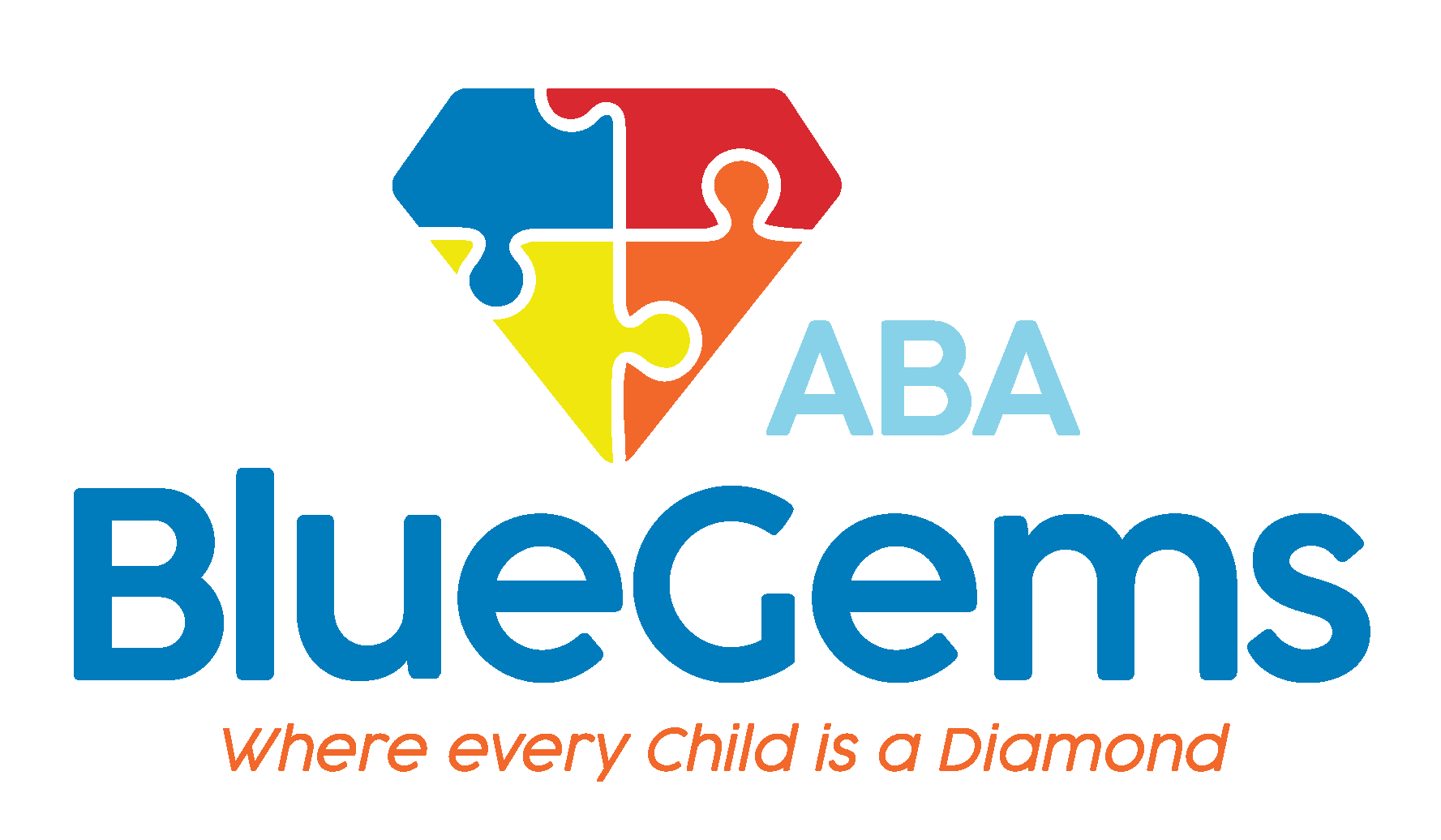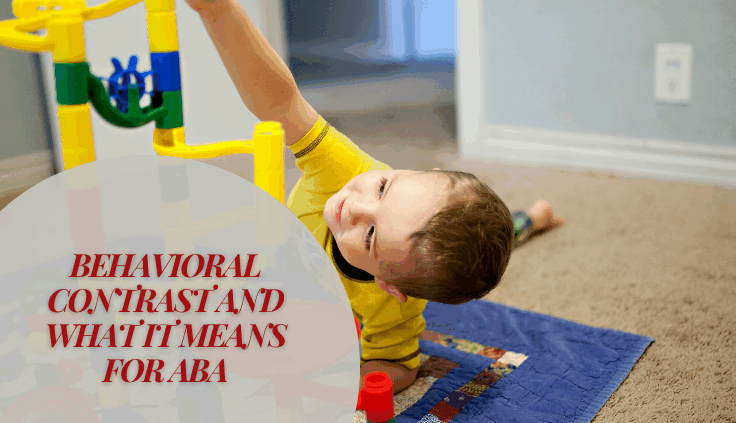Behavioral Contrast and What It Means for ABA
Applied behavior analysis, or ABA therapy, uses many different strategies to help children with autism spectrum disorder (ASD) modify certain behaviors that might be negative and/or harmful. Therapists follow science-based approaches to learning and behavior to target the behaviors and teach children new skills and more appropriate responses to certain stimuli.
A key component of ABA therapy is positive reinforcement. This is a reward for children with autism as they successfully exhibit the modified behaviors or skills that are being taught to them.
By giving the child extra praise, time with a toy or a token they can exchange for something later, therapists are helping to keep the child engaged in learning and motivated to keep doing more.
At times as children progress through ABA therapy, they might begin to change their behavior in one environment but not in others. This is what is known as behavioral contrast.
Below, we’ll discuss the phenomenon of behavioral contrast and what it means for ABA therapy.
Table Of Contents
What is Behavioral Contrast?
Behavioral contrast refers to a phenomenon where a child’s targeted behavior will improve in one specific environment but not in others. At times, the behavior might actually worsen in other environments as it improves in one.

A common scenario is that the child may improve the targeted behavior in their typical ABA therapy setting, such as a clinical environment. At the same time, this targeted behavior might actually get worse at home, in school or out in the community.
If the targeted behavior is to get the child to stop throwing toys, for example, they might successfully stop doing that in the therapy setting but actually increase that behavior when they get home.
How Does ABA Therapy Handle Behavioral Contrast?
Just like any other aspect of ABA therapy, the first step to addressing behavioral contrast is understanding the root causes of it. Some of the possible reasons the child could be displaying opposite behaviors in different environments include …
- Stimuli that is present in one of the environments that makes them feel overwhelmed
- A lack of consistent reinforcement
- The behavior hasn’t been generalized yet
The reason why understanding the root cause of behavioral contrast is so important is it will inform the strategies that ABA therapists use to address it.
For instance, if the environment where the child is exhibiting the negative behavior (throwing their toys in our example), there could be loud sounds or bright lights that they are sensitive to. These stimuli could be causing the child to feel anxious or overwhelmed, and their response is to throw their toys.
The approach to helping support the child if that’s the case would be much different for ABA therapists than if, say, the child hasn’t yet grasped the ability to generalize the skill or behavior.
| Topic | Description |
|---|---|
| Definition | Behavioral contrast refers to when a child improves a behavior in one setting (e.g., therapy) but not in others, or worsens in other settings. |
| Example Scenario | A child stops throwing toys in a therapy session but throws them more often at home. |
| Possible Causes | Overwhelming stimuli, inconsistent reinforcement, or the behavior hasn’t generalized yet. |
| ABA Therapist Response | Identify the underlying reason for the contrast and tailor strategies accordingly. |
| Common Strategies | Replacement behaviors, generalization practice, and therapy in varied environments. |
| Role of Parents | Essential for consistent reinforcement and helping apply skills across settings. |
What ABA Therapy Strategies Address Behavioral Contrast?
As mentioned, the ABA therapy strategy that’s used to address behavioral contrast will depend on the core reason that the opposite behaviors are being exhibited in the first place.
Therapists can teach replacement behaviors, for example, if the child is feeling stressed, anxious or overwhelmed due to sensory stimuli in one environment. This could include coping strategies and things they could do instead of throwing their toys to express that they are feeling this way and need help.
They can also implement strategies that will help the child generalize the behavior across all environments. Examples could include going on outings to the grocery store or accompanying the child to whatever environment where they are exhibiting the problem behavior.
Once there, the therapists can implement their behavior replacement strategies to reinforce what they teach during sessions.
Another important aspect of targeting behavioral contrast is parental involvement, which ensures consistency in approach and reinforcement in real-world settings.
Since parents are the ones who are around the child most often, across diverse settings, it is essential that they also are equipped with the knowledge, tools and strategies to help support their child.
This is why ABA therapy actively engages parents, caregivers and other family members into the process so the reinforcement can be consistent. In time, this can help to address behavioral contrast so that children with autism can generalize the skills and behaviors they learn in therapy sessions.
Blue Gems ABA Helps Children with ASD Build and Generalize Skills
Behavioral contrast can be common for children with ASD as they learn new skills and behaviors in ABA therapy. When this happens, it’s important for therapy teams to figure out the root causes of these opposite behaviors so they can properly target them.
At Blue Gems ABA, we constantly monitor patients’ progress toward goals in ABA therapy by collecting and analyzing data so we can make informed decisions. We also implement fundamental ABA therapy strategies, and incorpoate parents and other family members into therapy, to ensure consistency in approach and reinforcement.
To learn more, please contact us today.




